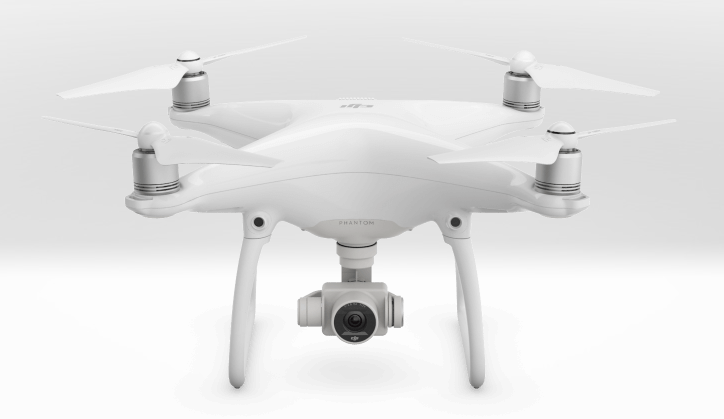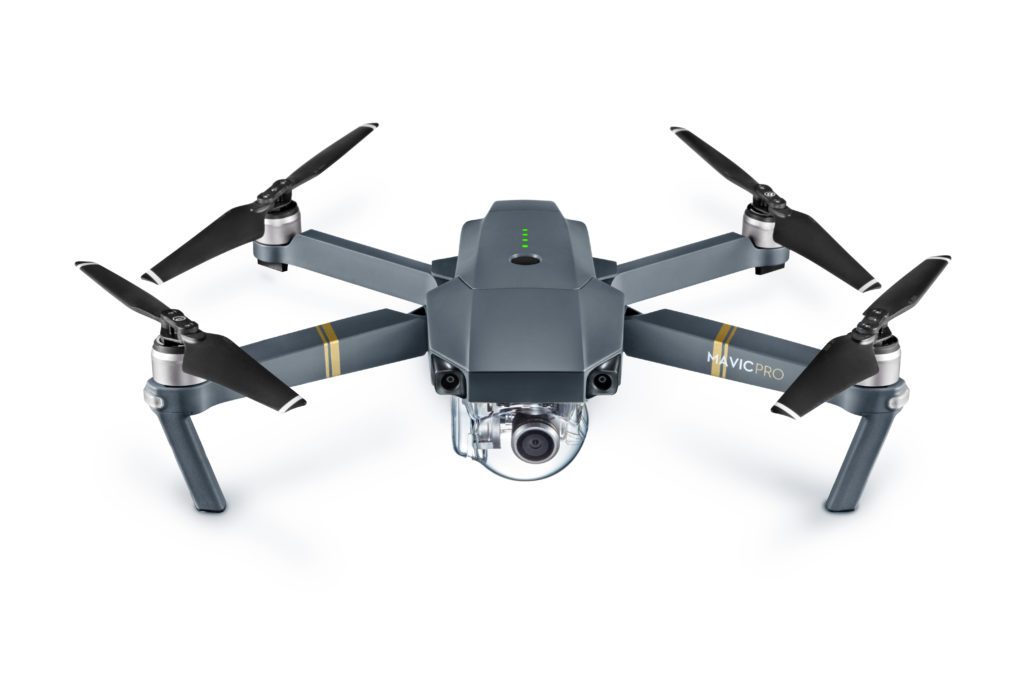Last week we took a closer look at DJI’s new drone, the Mavic Pro, and compared it to the GoPro Karma. It wouldn’t be an understatement to say that the Mavic Pro came out on top in almost every category. But one question on plenty of pilots’ minds will be this: Does the Mavic Pro make the Phantom 4 redundant? Is DJI’s latest model an upgrade on the Phantom series, or just a drone going in a different direction, targeted at a different market?
It’s hard to answer those questions completely until we can test the two side by side. But until then, we can take a look at some footage that’s surfaced alongside the features and technical specs of DJI’s top consumer models. So how do things shape up in a Phantom 4 v Mavic Pro contest?
Phantom 4 v Mavic Pro – How do the cameras compare?
If you’ve already got a Phantom 4, you’re probably a pretty serious aerial photographer. So why would you choose a Mavic instead? On paper, there isn’t a lot to divide the Phantom 4 and the Mavic Pro when it comes to image quality. Both have a stabilized 3-axis gimbal, while the Phantom 4’s camera shoots 4K video at 30fps and 1080p HD at 120fps. The Mavic Pro’s camera also shoots 4K video at 30 fps, but has a slightly lower fps at 1080p HD, maxing out at 96 fps.

There are two videos you might want to watch to get an idea of the what to expect from the Mavic Pro. However, the first comes with some clarification. Youtuber and filmmaker Casey Neistat reviewed the Mavic Pro last week and released a second video with side-by-side comparisons with the Phantom 4 in terms of footage. Despite raving about the Mavic Pro in terms of usability and features, he suggested that DJI’s newest model had a slightly inferior 4k video that was lacking focus. Despite millions of people having watched that video, he’s since come out and admitted that the reason his Mavic footage appeared to be of lower quality was actually down to his own calibration, and after some tuning significantly improved.
So, while the video below doesn’t accurately represent the Mavic’s camera quality, Neistat does a great job describing the Mavic Pro and the Phantom 4 in terms of how they stand in the consumer spectrum. It has to be said that, even when he thought the Mavic had lower image quality, he still saw it at being well worth it for all the upsides of DJI’s latest model.
Mavic Drone Update; apparently the focus works differently on the Mavic. I played with it and I was able to get much much sharper images. pic.twitter.com/ThlPejiPx2
— Casey Neistat (@Casey) September 29, 2016
For a better look at image quality, you might want to check out the video below. It’s from photographer Michael Shainblum, who also got his hands on a Mavic Pro. His footage appears to confirm Neistat’s conclusion that the video quality delivered by the Mavic Pro’s 4K camera is top notch. Both the color and the dynamic range that he was able to shoot look pretty good to us.
Phantom 4 v Mavic Pro – Power and battery life
When we delve into power and battery life, again there are blurred lines between the Phantom 4 and the Mavic Pro. Both have total flight times at around 28 minutes. However, in ‘Sport’ mode, the Phantom 4 can reach 44mph, 4mph more than the Mavic Pro. The Phantom 4 is a bit bulkier, so we’d expect to be able to deal with slightly higher wind speeds that the Mavic Pro.
The Mavic Pro also wins when it comes to range – 4.7 miles to the Phantom 4’s 3.1 miles.
Phantom 4 v Mavic Pro – The Main Features
DJI was keen to point out that the Mavic Pro is packed with all the same tech as the Phantom 4, and then some. The capabilities it’s taken from it’s younger cousin include forward-facing obstacle avoidance, active tracking and downward-facing sensors. Although DJI says that the tracking capabilities have been upgraded in the Mavic, and that it can even recognise which mode of transport the subject is using.
On top of that, the Mavic appears to be the most versatile of the two. Apart from being completely foldable and way more portable, a couple of modes offer interesting features for keen photographers. ‘Tripod’, for example, slows the Mavic down to a maximum speed to a max of 2.2 mph, giving pilots precision positioning and making flying indoors or confined areas a whole lot easier.
Both drones have a ‘Sport’ mode, where flight becomes more responsive and top speeds can be reached. But the Mavic’s is compatible with DJI’s new FPV goggles for a more immersive experience.
Where the Mavic Pro takes a clear lead is when we look at portability. Though it’s hardly enormous, the Phantom 4 does require a backpack for travel, and the propellers need to be attached separately. The Mavic Pro’s foldable design means it is pretty tiny for carrying around and can even fit in your pocket. The propellers fold as part of the ingenious design, so there’s one less part to lose or damage.
Finally, we can compare the two controllers. DJI’s flagship consumer drones come with two contrasting remote control systems. The Phantom 4’s is bulky – as big as the Mavic itself – and not especially ergonomic. The Mavic Pro comes with a much smaller and easier-to-use controller (below).
Phantom 4 v Mavic Pro – Price
Having been through that whole comparison, you’re probably thinking that DJI’s new drone is firmly at the top of the market when it comes to price. In many ways, it certainly should be. But DJI is still selling the Phantom 4 for $1,199. The Mavic Pro basic model – admittedly without a controller – will cost just $750. The standard package is $999 – $200 cheaper than the Phantom 4.
Maybe we’re missing something here, but we’re not entirely sure why you would choose to pay more for a Phantom 4 that seems to have been surpassed by another drone available for less money. Of course, DJI can’t really lower the price of the Phantom 4. That would be tantamount to admitting the Mavic Pro has made a drone the company only released at the start of 2016 obsolete. Within 7 months. Maybe the technology really is moving forwards that quickly. More likely is that DJI spotted competitors, such as GoPro, coming and wanted to make sure they never got a chance to get off the ground.
There’s no escaping it: For what it can do and how the rest of the market is priced, the Mavic Pro seems an absolute steal.
Malek Murison is a freelance writer and editor with a passion for tech trends and innovation. He handles product reviews, major releases and keeps an eye on the enthusiast market for DroneLife.
Email Malek
Twitter:@malekmurison
Subscribe to DroneLife here.
